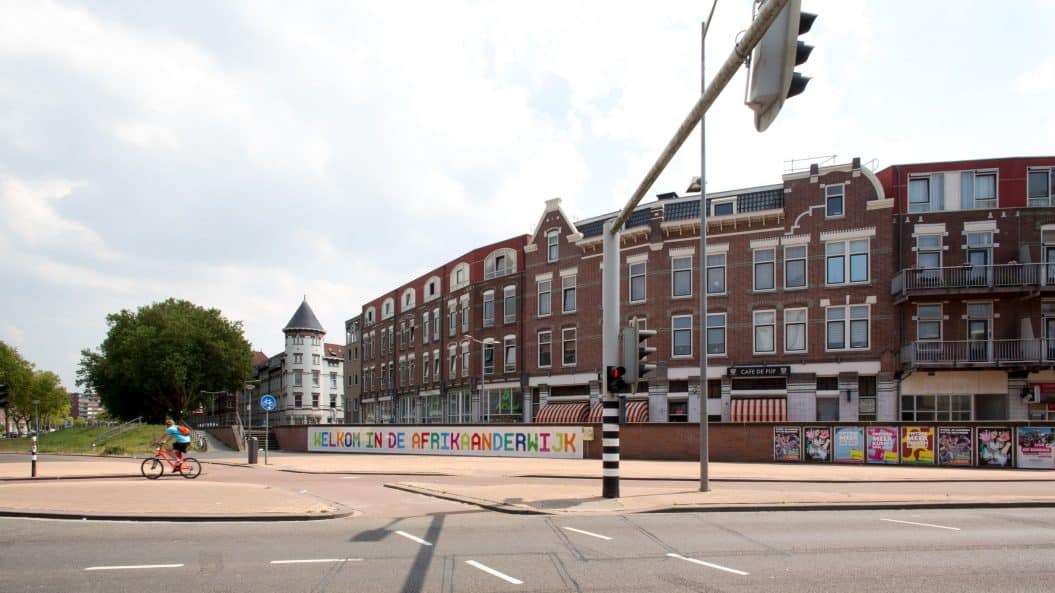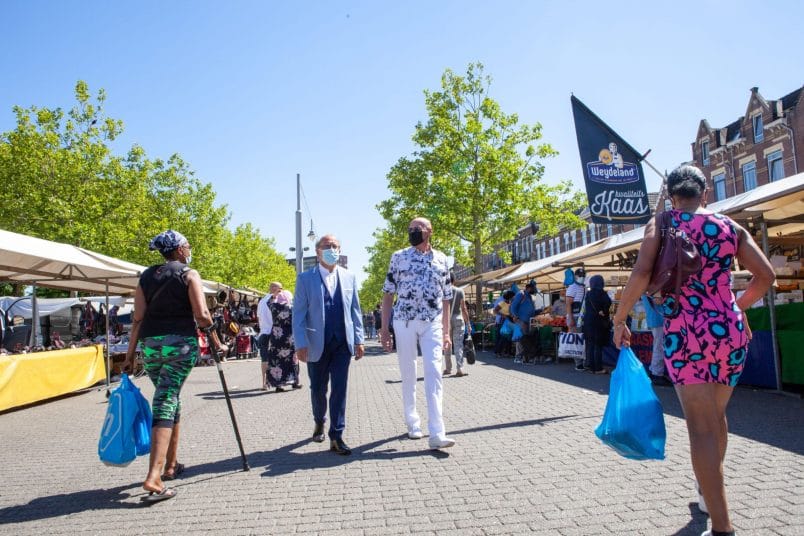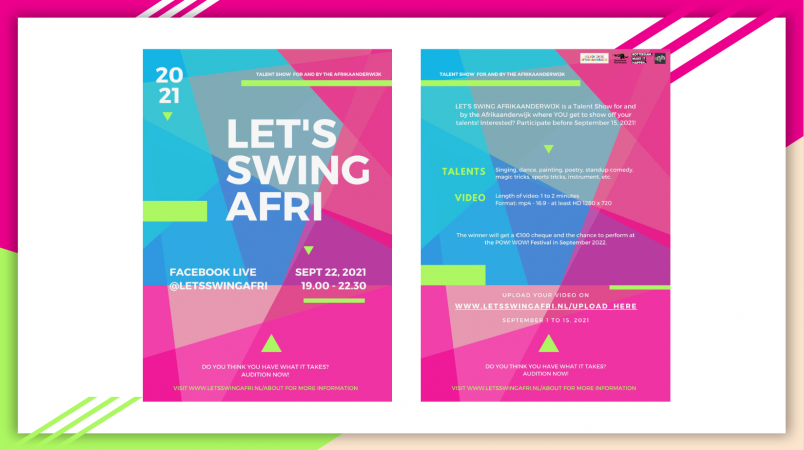In the months of March to May, students in the Urban Leisure & Tourism Lab Rotterdam, in collaboration with Rotterdam Make It Happen, tackled the following question: ”What innovations / concepts / experiences could help to involve residents (from certain neighbourhoods) in international hybrid events (online/offline) such as the Eurovision Song Contest?” In this blog series, the four student groups give an insight into their research process and answer the main question for the neighbourhood they have been doing their studies. The series is concluded with a blog by lab lead Ko Koens who reflects on the different concepts.
The Netherlands is known worldwide for its tolerance of alternative lifestyles and those who choose to live their life to the fullest, and nowhere is this more evident than in Rotterdam. Since 2013, the population of Rotterdam has been growing at an exponential rate. In 2013, 616.294 people called Rotterdam their home, a figure that has since risen to 1.012.007 in 2021 (MacroTrends, 2021). As a result, Rotterdam is the second-largest city in the Netherlands, after Amsterdam. Numbers to such an extent might suggest a high engagement rate when it comes to events because Rotterdam already tries to establish itself as a festival town (Rotterdam Partners, 2019). Especially during a pandemic, one would think hybrid events are a booming business for the city and its numerous districts and neighborhoods.
Over the past few months, we worked on a project with Rotterdam Make It Happen to answer the pressing question of what concepts/innovations/experiences could engage 45- to 65-year-old residents of the Afrikaanderwijk in future international hybrid events?
Our starting point with this problem statement was to conduct desk- and field research about our assigned neighborhood and demographic. We spent about two weeks researching the area and the set demographic before brainstorming about possible opportunities. The brainstorming was followed by working out those concepts and eventually picking one idea to develop and test with the target group to come to a final prototype at the end of the project.
To conduct field research throughout this project, our group went to the Afrikaanderwijk to interview people, but not many people wanted to talk to us. We went back to the neighborhood on several occasions on different weekdays over two months to get in contact with the target group but without success. We also emailed businesses in the neighborhood, messaged them through social media, and left flyers in several locations, but no one replied. After multiple weeks of attempts, we concluded that we could not get in contact with the 45-65-year-old residents of the Afrikaanderwijk in time for our project. This might be due to the language barrier because not all residents speak Dutch or English, but it could also be because of test fatigue (Gerritsma, 2021).
With the research we did manage to conduct, we found that the inhabitants of the Afrikaanderwijk are very close with each other. Still, we could not find anything about their affinity with other parts of Rotterdam. From what we experienced, the focus of the Afrikaanderwijk lies with their community and not so much that of the rest of Rotterdam and The Netherlands. Because of what we found when researching, we decided to slightly adjust our design question by removing the ‘international’ aspect as we think that focussing on the neighborhood itself and then possibly growing the event when the target group is interested is the best way to engage the residents of the Afrikaanderwijk in international hybrid events.
The concept that we came up with and worked out during this project is a new event, inspired by Afri Opens Up; an event set up by the residents of the Afrikaanderwijk as a response to the Eurovision Song Contest in Rotterdam in 2021.
We created the event called ‘Let’s Swing Afri,’ a hybrid talent show by the Afrikaanderwijk for Afrikaanderwijk. Our research, connected to the hybrid Eurovision Song Contest, inspired us to actively involve the neighborhood in three ways: talent in the spotlight, an esteemed member of the jury, or an avid watcher and voter from home. Interested talents between the ages of 16- and 99-years-old can then upload a 1-2 minute video of themselves showing off their talent. We will review the submitted videos for our sought-after requirements before being officially uploaded to our website, where people can vote for their favorite acts.
Lastly, there will be a live show on Facebook and YouTube, during which the videos will be shown and judged by 45- to 65-year-olds judges from the neighborhood. The top three winners of Let’s Swing Afri will each receive a prize. The connection we made with other events in Rotterdam is that the winner of our talent show gets to perform at an upcoming event somewhere in the city.
The age category of 45- to 65-year-olds forms one of the majorities regarding age in the Afrikaanderwijk. Most of this age range are first-generation migrant workers who brought their cultures, religions, and music. Music transcends any kind of language or cultural understanding and connects one another. Let’s Swing Afri wants to achieve: to do something for and by the neighborhood community that connects.
Our conclusion after this project on the best way to reach the target group of 45- to 65-year-olds from the Afrikaanderwijk is to first form a deeper connection with the neighborhood. From there, establishing a relationship with your target audience would become less difficult when research takes place in their already stigmatized community. This way, they don’t feel abandoned or taken advantage of once your related work with them is over and there is room for future cooperation. Our advice for future hybrid event organizers is to utilize three critical steps brought to our attention by Drs. Roos Gerritsma. In order to establish a long-lasting bond with your target audience: local expertise, local value creation, and measuring local impact (Gerritsma, 2021). By using these layers, you truly connect with local communities, which is imperative when you frequently need to contact them.


